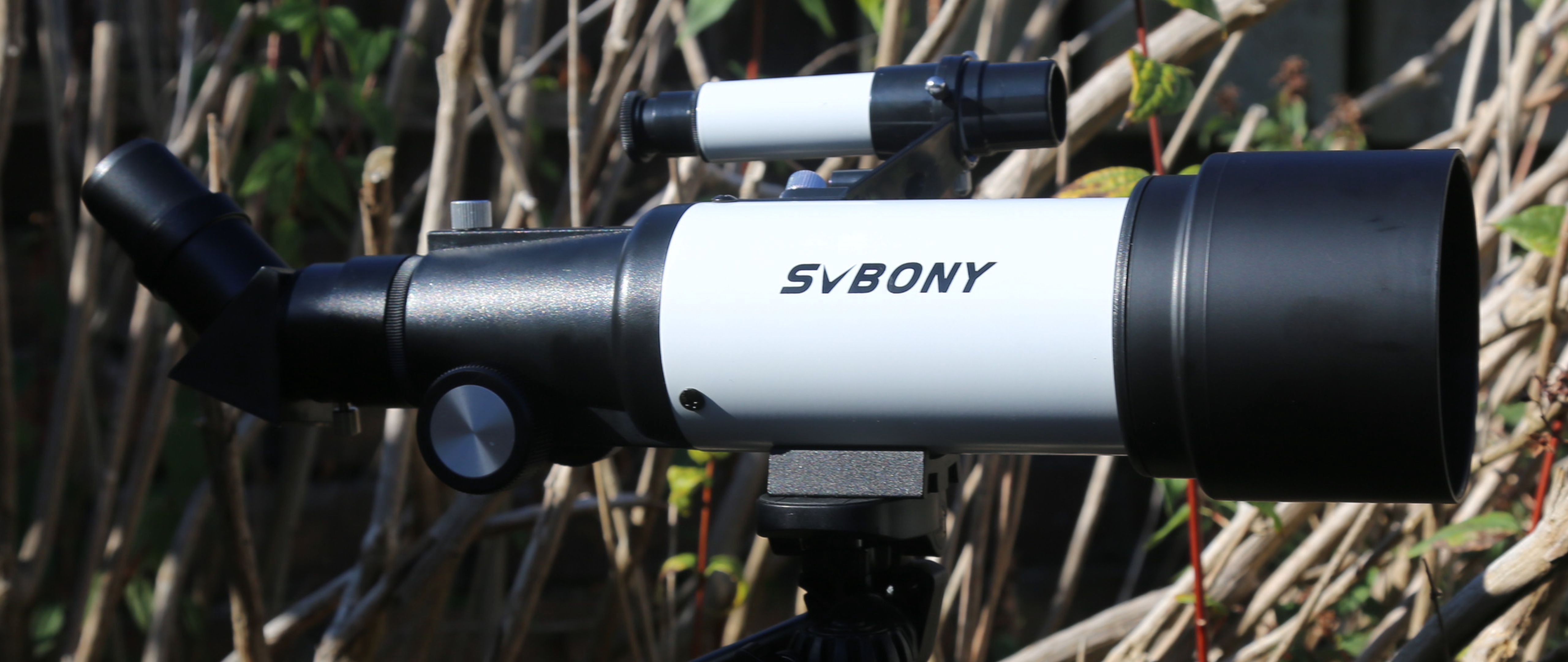Digital Camera World Verdict
At first glance the SVBONY 501P 70 appears to be a bargain telescope well suited to photographers. Using not an awkward astronomical mount, but a video tripod complete with a pan-and-tilt head to make small movements, this 2.75-inch refractor telescope is made for moving and even ships with a backpack. However, it’s got some serious issues that could leave it grounded.
Pros
- +
Very affordable
- +
Uses video tripod
- +
Easy to travel with
- +
Small and light
Cons
- -
Lacks stability
- -
Plastic build
- -
Basic tripod
- -
Underwhelming views
Why you can trust Digital Camera World
The SVBONY 501P 70 telescope is a really simple product. A tube with a focal length of 400mm and a small finderscope on top to help you get celestial targets into its field of view, it comes mounted on a small aluminum tripod. Sadly it’s got plastic fixings and an all-around basic build quality. Optically this refractor comes with a 45º image diagonal that hosts a single 20mm eyepiece that achieves 20x magnification.
The telescope, fully kitted out, weighs a mere 1.89 lbs / 858 g while the tripod adds a further 1.96 lbs / 889 g. When it’s all packed up and ready to go in the backpack it weighs 4.6 lbs / 2.1kg. However, it’s important to note that packing it up does require the unscrewing of the eyepiece, image corrector and finderscope, which need to be screwed into place when you get to the destination (so take a flashlight).
Specifications
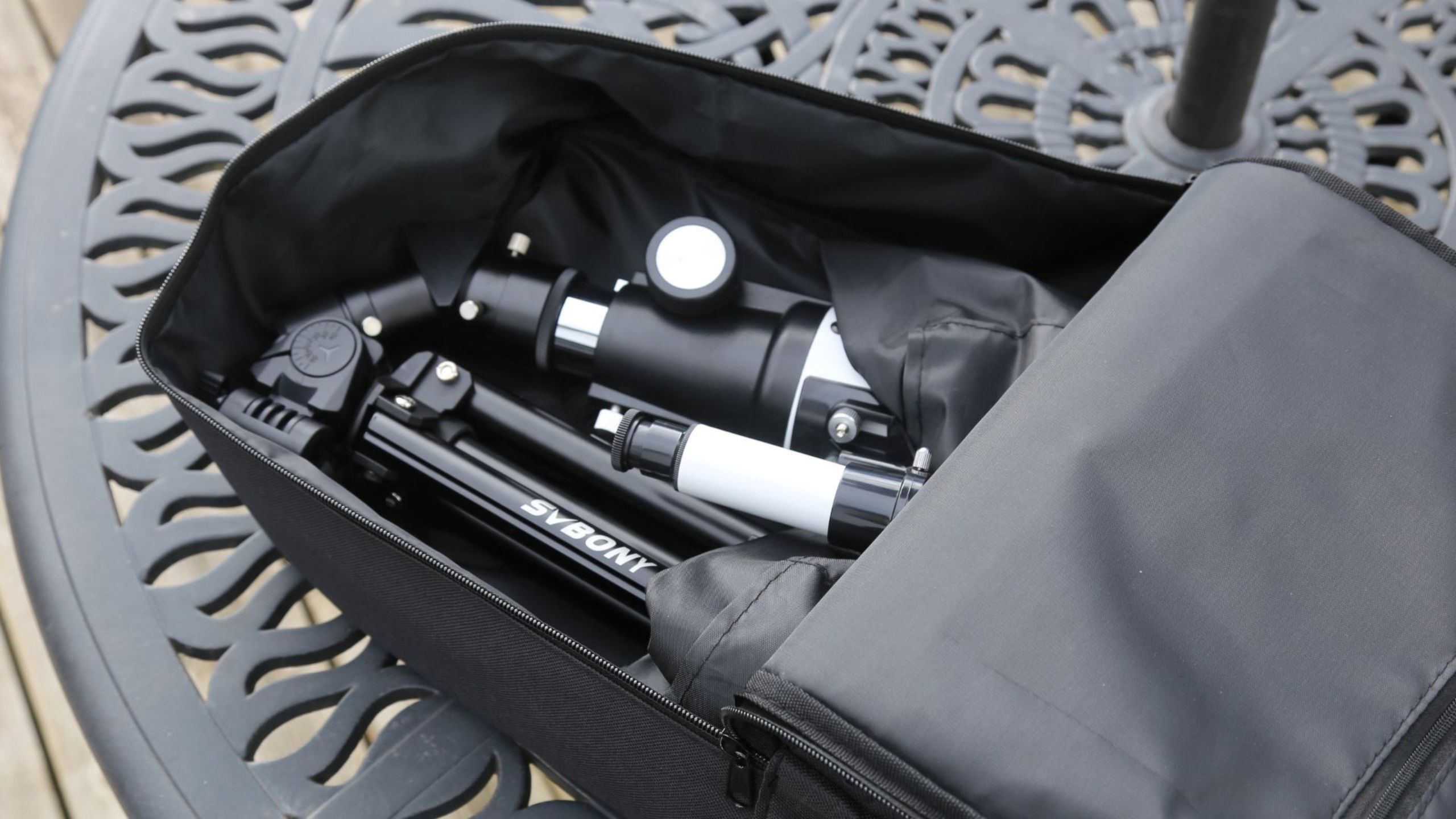
Optical design: refractor
Aperture: 2.75-inch/70 mm
Focal length: 15.74-inch/400 mm
Focal ratio: f/5.7
Eyepiece focal length: 0.78-inch/20 mm (20x)
Total kit weight: 6.5 lbs/2.95 kg
Mount type: Altazimuth
SVBONY 501P 70: performance
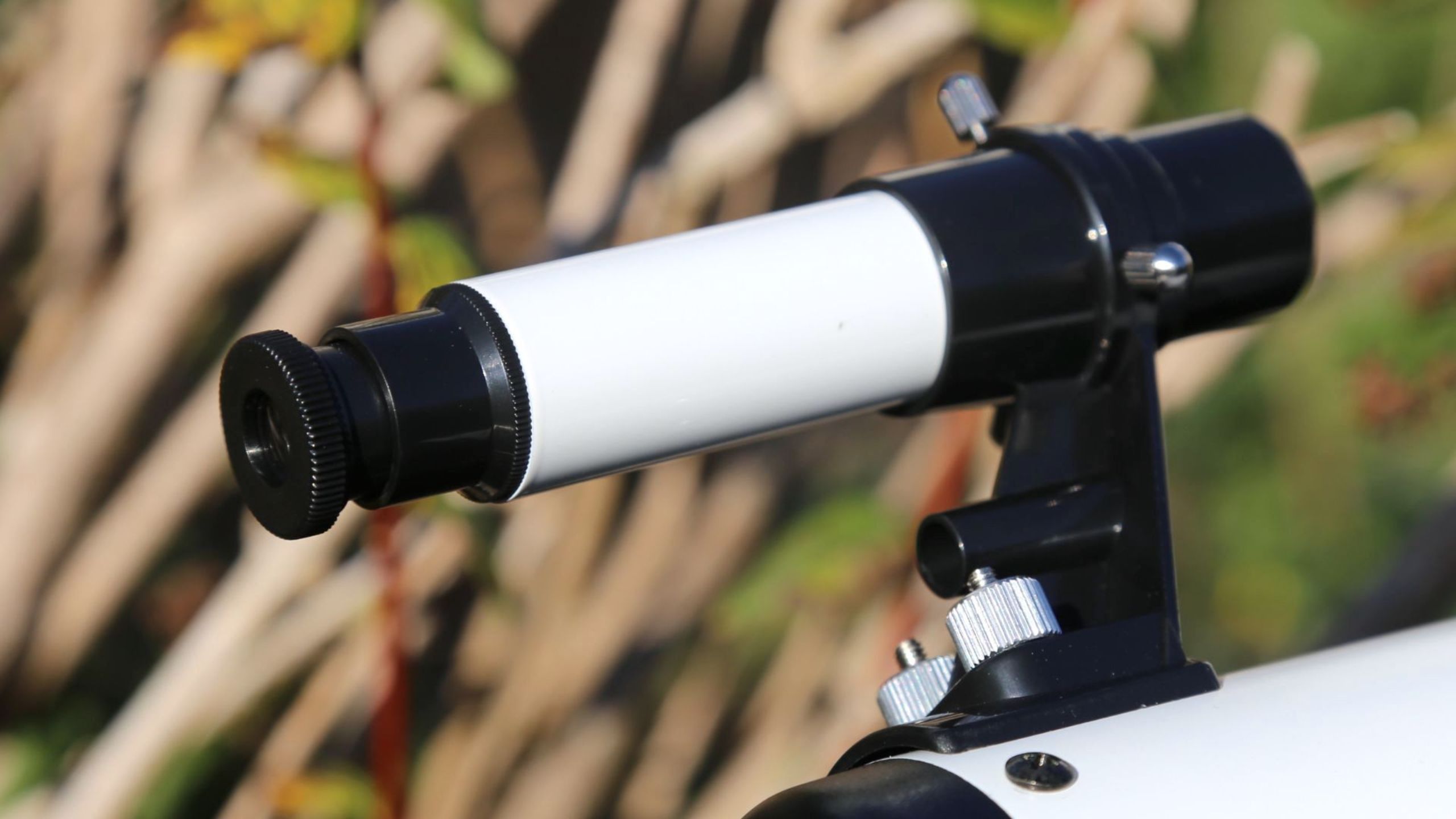
With an aperture of just 2.75-inches it’s no more capable than a pair of large astronomy binoculars like the Celestron Skymaster 15x70. It has a focal length of 400mm, which is more than enough to get a good view of the moon, but in our tests that’s where it peaks.
What the SVBONY 501P 70 does have over a pair of binoculars is its tripod. It is therefore technically possible to set up this telescope pointing at, say, the moon and look through the eyepiece without touching the telescope at all. Measuring 19” / 45cm when collapsed, its five-part tripod has three narrow legs, leg locks of the flip-up/flip-down kind, and an extendable central column that takes it from 41.5” / 105cm to 50” / 127cm.
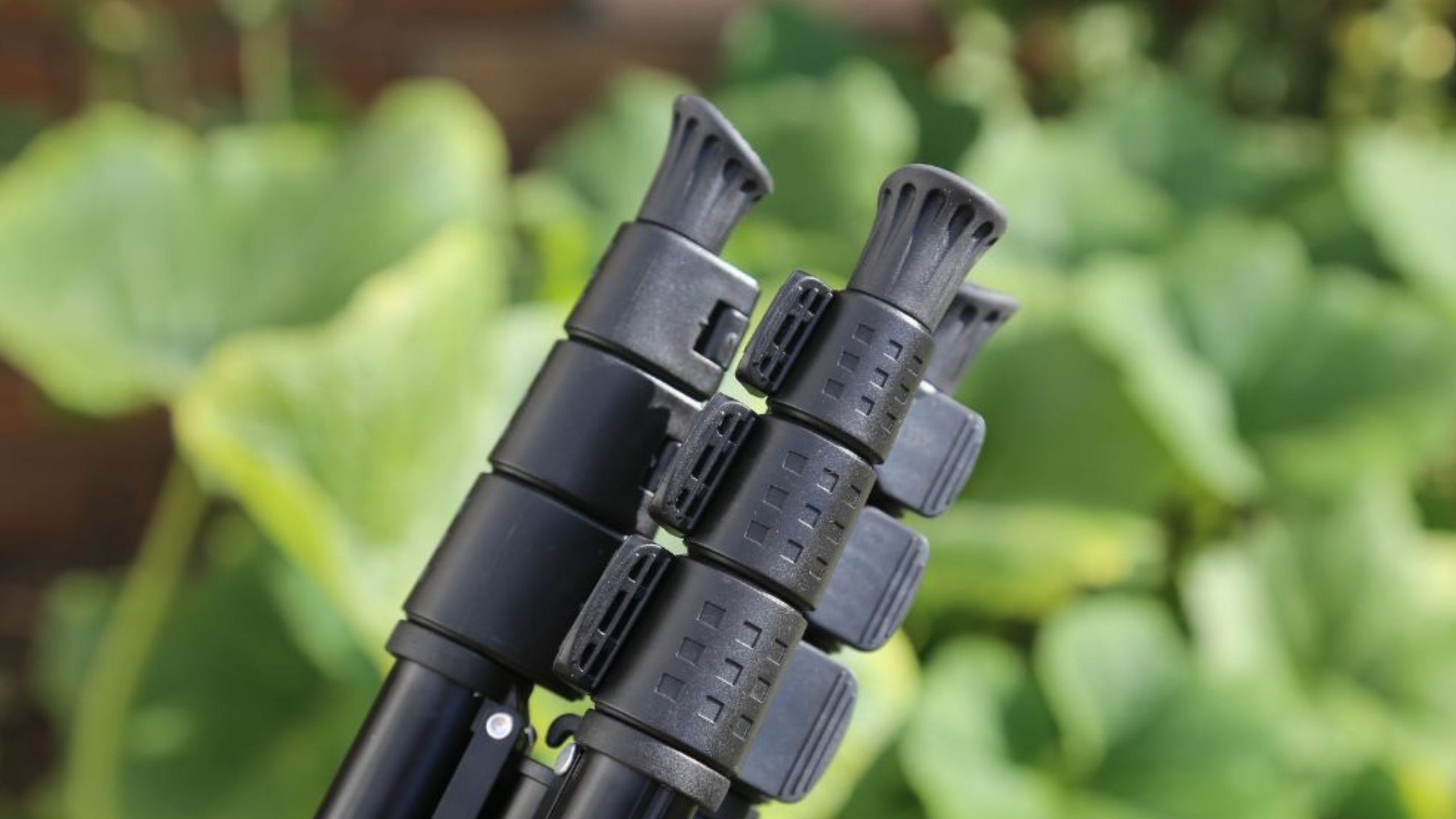
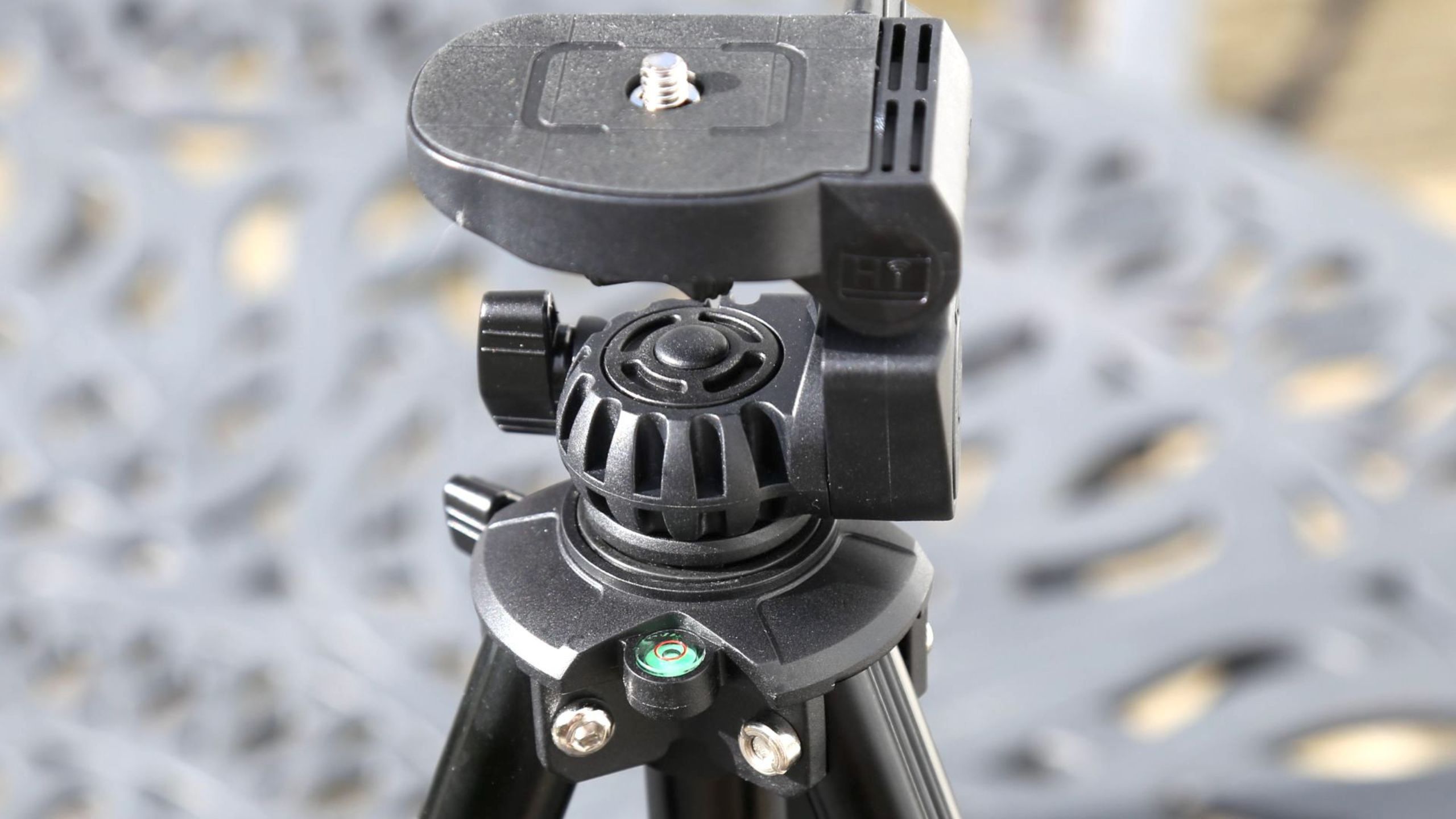
It’s got rubber feet that grip the surface reasonably well and a small hook on the bottom of the central column, which could be used to hang a bag, therefore increasing the tripod’s stability somewhat. Does all that give it one-up on a pair of binoculars? Not really because the SVBONY 501P 70 needs constant repositioning. The bearings are very loose, even when tightened in position, with the telescope drooping considerably. It’s almost impossible to get anything other than the moon to stay in its field of view.
Technically the SVBONY 501P 70 can be used for astrophotography merely by attaching a T-adapter to a camera. However, this telescope and its tripod are so flimsy and lightweight that there is no way a DSLR could be comfortably attached without you having to hold it by hand, which defeats the object.
SVBONY 501P 70: verdict
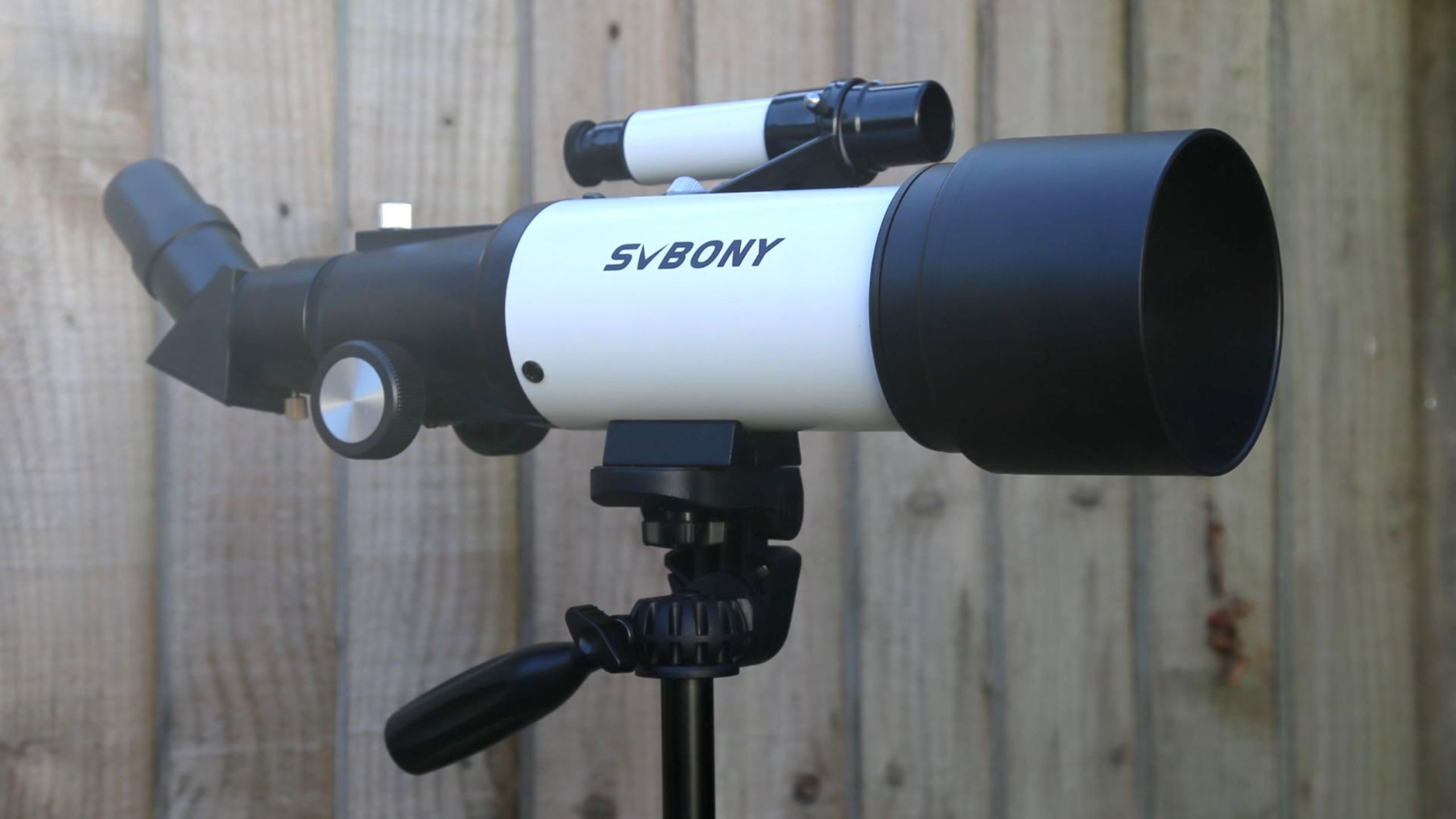
The SVBONY 501P 70 is easily portable, but there is no convincing reason to take it anywhere. It's really only suitable for looking at the moon and bright planets, which you can see from anywhere without having to go searching for dark skies. It’s a cute design and we can see why some would be attracted to the SVBONY 501P 70’s compact size and apparent ease of use, but underwhelming optics and the need to replace the tripod mean there are better pairs of binoculars available that cost less money than the SVBONY 501P 70.
Read more:
• Astrophotography: How-to guides, tips and videos
• Astrophotography tools: the best camera, lenses and gear
• The best lenses for astrophotography
• The best star tracker camera mounts
• Best equatorial mounts
• Best deep-space telescopes
• The best light pollution filters
• The best CCD cameras for astrophotography
• The best spotting scopes
• The best binoculars
• The best microscopes

Jamie has been writing about photography, astronomy, astro-tourism and astrophotography for over 15 years, producing content for Forbes, Space.com, Live Science, Techradar, T3, BBC Wildlife, Science Focus, Sky & Telescope, BBC Sky At Night, South China Morning Post, The Guardian, The Telegraph and Travel+Leisure.
As the editor for When Is The Next Eclipse, he has a wealth of experience, expertise and enthusiasm for astrophotography, from capturing the moon and meteor showers to solar and lunar eclipses.
He also brings a great deal of knowledge on action cameras, 360 cameras, AI cameras, camera backpacks, telescopes, gimbals, tripods and all manner of photography equipment.
